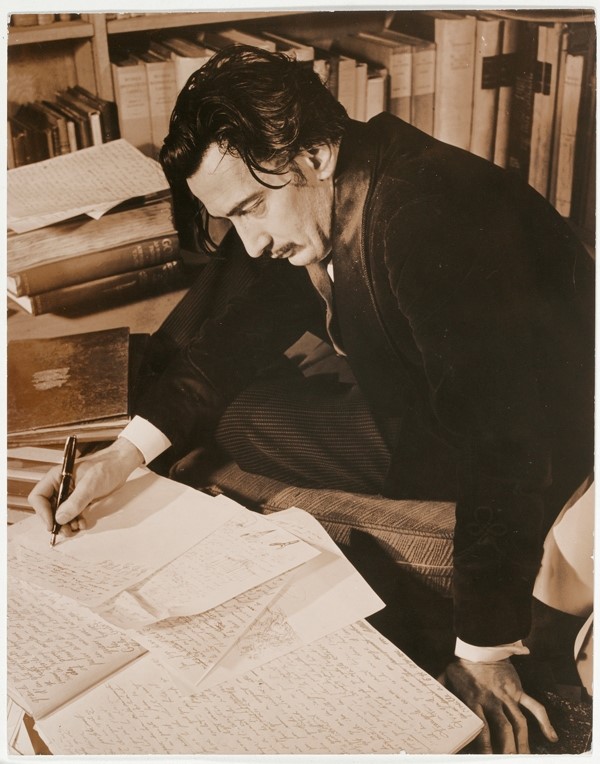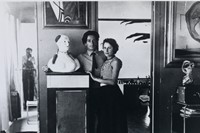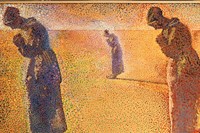"Each morning when I awake, I experience again a supreme pleasure – that of being Salvador Dalí". The man who once defined himself as a “cosmogonic genius” was second to none when it came to controversy...
"Each morning when I awake, I experience again a supreme pleasure – that of being Salvador Dalí". The man who once defined himself as a “cosmogonic genius” was second to none when it came to controversy. Seen by most of his contemporaries as an eccentric at best and a shameless buffoon at worst, he was judged by an art industry that despised in him the very same things it praised in Andy Warhol: megalomania, a taste for provoking and an audacity that knew no bounds. Dalí was in fact a pioneer exploring performance art ahead of his time, and his manipulation of the media has taken a whole new meaning in this Internet-driven century: the timing couldn't be more perfect for the retrospective that is currently held at the Centre Georges Pompidou in Paris, which places the Spanish artist yet again right in the eye of the storm.
Salvador Dalí was anything but ordinary. From his childhood he had a rare conscience of his own greatness: "at the age of six I wanted to be a cook. At seven I wanted to be Napoleon. And my ambition has been growing steadily ever since". His early years in the Catalan coast of Empordà would arise in him an array of Iberian eccentricities that went from food obsession to mystic outbursts and caught the interest of the group of surrealist artists led by André Breton. However, the young Dalí proved too outrageous even for them and was eventually expelled from the group after presenting his scatological painting The Lugubrious Game. From then on, stating "I am surrealism", he pushed the boundaries of art to delirious extremes like a near-death experience inside a diving suit during a performance. He never hid his appetite for fame and fortune, going as far as to invent his own anagram nickname, "Avida Dollars". From the 1940s he engaged in all kinds of creative projects: designing dresses with Elsa Schiaparelli, imagining movie sets with the also genial Alfred Hitchcock or even conceiving the logo of Chupa Chups sweets, still finding time to appear in numerous TV shows and, of course, to paint with a skill comparable to those of Velázquez or Vermeer.
"Dalí was judged by an art industry that despised in him the very same things it praised in Andy Warhol: megalomania, a taste for provoking and an audacity that knew no bounds"
The exhibition at the Pompidou Centre looks back on the painter’s life through more than 200 works of art comprising The Great Masturbator, The Persistence of Memory and other iconic paintings as well as readymade objects like his 1936 Lobster Telephone, films, jewellery or pieces of furniture mimicking Mae West’s features. Visitors will enter the exhibit through a giant egg symbolizing birth, and will exit through a brain, having experienced the hallucinogenic cosmos of this modern Renaissance Man.
Dalí is at the Centre Pompidou until March 25, 2013
Text by Marta Represa
Marta Represa is a freelance writer specializing in fashion, art, photography and culture.



![Buste de femme rétrospectif [Retrospective female bust], 193](https://images-prod.anothermag.com/200/0-66-600-400/azure/another-prod/240/5/245236.jpg)
![Study for “Honey is sweeter than blood” [sic], 1926](https://images-prod.anothermag.com/200/27-3-685-456/azure/another-prod/240/5/245244.jpg)
![Guillaume Tell [William Tell], 1930](https://images-prod.anothermag.com/200/0-19-600-400/azure/another-prod/240/5/245248.jpg)
